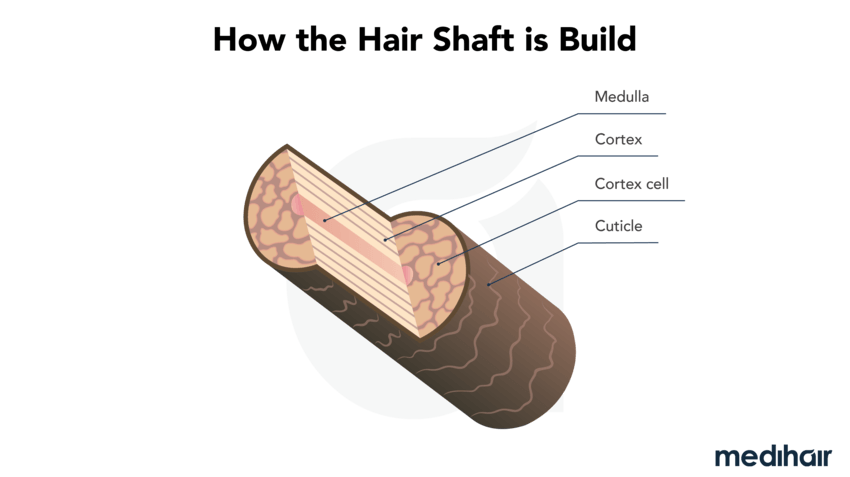Hair Statistics: How Many Hairs on a Human Head? (2025)

Beyond aesthetic appeal, hair contributes significantly to our overall well-being and serves many functional purposes. With over 100,000 users every month, Medihair is one of the largest platforms that gives information on effective hair loss treatments. We compile the most recent hair statistics every year based on user data and additional information.
Most Important Findings
| How Many Hairs? | 80,000 - 120,000 |
| Hair growth | 15 cm per year |
| Normal shed | 50 to 100 hairs per day |
| Most common hair color | black or brown |
| Hair loss | 85% of men affected |
| Hair Color | Average No. of Hair |
|---|---|
| Blonde | 150,000 |
| Brown | 110,000 |
| Black | 100,000 |
| Red | 90,000 |
| Race | Average Strands per cm2 (40-year-old) |
|---|---|
| Caucasian | 220 |
| Afro-textured hair | 150 |
| Asian and Hispanic | 170 |
Frequently Asked Questions
Does hair have DNA on it?
Can you determine age from hair?
How to detect hair loss?
Sources



